Highland Premium Beef: The Pinnacle of Quality and Sustainability
Highland Premium Beef represents the pinnacle of quality in the beef world and is renowned for its exceptional taste, texture, and heritage. Sourced from the rugged and picturesque landscapes of the Scottish Highlands, this beef is derived from a breed of cattle that has thrived in the region for centuries.
The Highland cattle, with their distinctive long horns and shaggy coats, symbolize Scotland’s rich agricultural history and a testament to sustainable farming practices. Raised in a natural environment, these cattle graze on lush pastures. They are free from artificial hormones and antibiotics, ensuring the meat is nutritious and environmentally friendly.
The unique characteristics of Highland Premium Beef lie in its marbling and tenderness, which result in a rich, buttery flavor that sets it apart from other types of beef. This superior quality makes it a favorite among chefs and gourmands who appreciate the nuances of fine dining.
Whether it’s a succulent steak, a hearty roast, or a gourmet burger, Highland Premium Beef promises an unforgettable culinary experience. Join us as we delve into the world of Highland Premium Beef, exploring its origins, production methods, and the exquisite dishes that showcase its unparalleled quality.
What is Highland Premium Beef?
Highland beef is a premium type from Highland cattle, a distinctive breed known for its long horns and thick, shaggy coats. These cattle are native to the Scottish Highlands and the Outer Hebrides islands, and their meat is renowned for its exceptional quality, flavor, and tenderness.
The unique characteristics of Highland beef stem from the natural and sustainable farming practices used in raising the cattle. Highland cattle are typically reared on open pastures and graze on grasses, herbs, and wild plants. This diet, combined with their ability to thrive in harsh, rugged environments, contributes to the rich, distinctive taste of the beef. Highland cattle are often raised without artificial hormones, antibiotics, or other additives, ensuring that the meat is flavorful, healthier, and more environmentally friendly.
Highland beef is celebrated for its marbling and fine-grained texture, which results in a tender, juicy eating experience. The meat has a rich, beefy flavor with a slight sweetness and depth that sets it apart from other types of beef. It is often sought by chefs and food enthusiasts who appreciate high-quality, ethically produced meat. Highland beef offers a superior culinary experience that reflects its heritage and careful production methods, whether enjoyed as a steak, roast, or in gourmet dishes.
History
Highland beef traces its history back to the ancient Highland cattle, a breed native to the rugged and picturesque Scottish Highlands and the Outer Hebrides islands. These cattle are among the world’s oldest and most distinctive breeds, recognized for their long horns and thick, wavy coats. The breed is believed to have originated from two distinct types: the smaller, black Kyloe, found mainly in the islands and western mainland, and the larger, red Highlander, from the central and eastern Highlands.
The first recorded mention of Highland cattle dates back to the 6th century AD, and their significance grew over the centuries. By the 12th century, they were an integral part of Scottish agriculture and economy, valued not only for their meat but also for their hides and dairy products. The harsh climatic conditions of the Highlands led to the natural selection of hardy cattle that could withstand cold, wet, and windy environments. Their ability to thrive in such conditions made them an essential resource for Highland farmers.
During the 18th and 19th centuries, Highland cattle were highly regarded for their beef quality and were exported to England and other parts of Europe. This period marked the beginning of the breed’s recognition outside Scotland. The establishment of the Highland Cattle Society in 1884 further solidified their status, promoting breed standards and preserving their unique characteristics.
Highland beef is celebrated today for its superior quality, sustainability, and connection to Scotland’s cultural heritage. The cattle’s traditional rearing methods, which involve grazing on natural pastures without artificial additives, contribute to the beef’s distinctive flavor and nutritional benefits. Highland beef has become a symbol of premium, ethically produced meat enjoyed by connoisseurs worldwide.
What’s With the Bangs and Long Hair?
Highland cattle’s distinctive long hair and “bangs” (forelocks) serve several practical and adaptive purposes, contributing to their hardiness and ability to thrive in the rugged environments of the Scottish Highlands and the Outer Hebrides.
- Protection from the Elements: The long, shaggy coat of Highland cattle provides excellent insulation against the cold, wet, and windy weather conditions commonly found in their native habitats. The outer layer of their double coat is oily and water-resistant, while the undercoat is soft and insulating, helping to keep them warm and dry.
- Reduced Sun Exposure: Long hair protects against cold weather, shields cattle from the sun, prevents sunburn, and reduces the risk of overheating during warmer months.
- Defense Against Insects: The thick coat and bangs also offer a natural defense against biting insects. The hair around their eyes (bangs) helps protect them from flies and other pests that can cause irritation and transmit diseases.
- Aesthetic and Breed Identity: The long hair and distinctive bangs are also key characteristics that define the Highland breed. They make them easily recognizable and contribute to their charm and appeal. These features have become a symbol of the breed’s unique heritage and resilience.
Highland cattle’s long hair and bangs are essential adaptations that enable them to survive and thrive in challenging environments while adding to their distinctive and endearing appearance.
What makes Highland Beef “Premium”?
Highland Beef is considered “premium” due to several factors that contribute to its superior quality, taste, and ethical production standards:
- Exceptional Flavor and Tenderness: Highland cattle are known for their rich, beefy flavor and fine-grained texture. The meat is well-marbled, which enhances its juiciness and tenderness. The unique taste is often described as having a slight sweetness and a depth that distinguishes it from other types of beef.
- Natural and Sustainable Farming Practices: Highland cattle are typically raised on open pastures and graze on various grasses, herbs, and wild plants. This natural diet contributes to the distinct flavor of the beef. The cattle are often raised without artificial hormones, antibiotics, or other additives, making the beef healthier and more environmentally friendly.
- Heritage Breed: Highland cattle are among the world’s oldest and most distinctive breeds. Their history and heritage add to the premium nature of the beef, as consumers appreciate the connection to tradition and the preservation of a unique breed.
- Animal Welfare: Highland cattle are known for their hardiness and ability to thrive in harsh environments. They are typically reared in a manner that allows them to live in natural conditions, with access to ample space and minimal human intervention. This focus on animal welfare ensures that the cattle are healthy and stress-free, which positively impacts the meat quality.
- Nutritional Benefits: Highland beef is often leaner than other types of beef due to the cattle’s active lifestyle and natural diet. It is also rich in essential nutrients, including omega-3 fatty acids, iron, and protein, making it a nutritious choice for consumers.
- Artisanal and Limited Production: Highland beef is usually produced on smaller, family-run farms, prioritizing quality over quantity. This artisanal approach means the beef is often available in limited quantities, adding to its exclusivity and premium status.
These factors combined make Highland Beef a sought-after product for those who value high-quality, ethically produced meat with exceptional flavor and nutritional benefits.
How does Highland Premium Beef compare to “choice” or “prime” graded beef?
According to Jon Cordonier of Great West Cattle Company, the butcher at the USDA slaughtering facility they use gives them verbal grades that amount to 50/50 between choice and prime. Because they produce only a small number of cows each year, it is too expensive for them to hire a federal USDA grader. What this means is that they are not able to sell their beef as prime at a much higher price even though 50% of it is likely to be prime. They hope to be soon able to start using a USDA grader in the next year or so.
What are the advantages of raising 300 head of cattle versus 5,000?
It’s more personal,” says Jon Cordonier. We know our cattle at 300 head. We don’t have manure disposal problems, odor problems, etc. We have a very clean feedlot. The other advantage of a small feedlot is we have lower disease problems.”
Because they are working with smaller numbers, they don’t have to automatically feed their cattle a bunch of antibiotics to prevent disease from occurring. By keeping it simple and feeding their cows a diet of corn, oats, and hay and giving them more attention, they produce a more “all-natural” product.

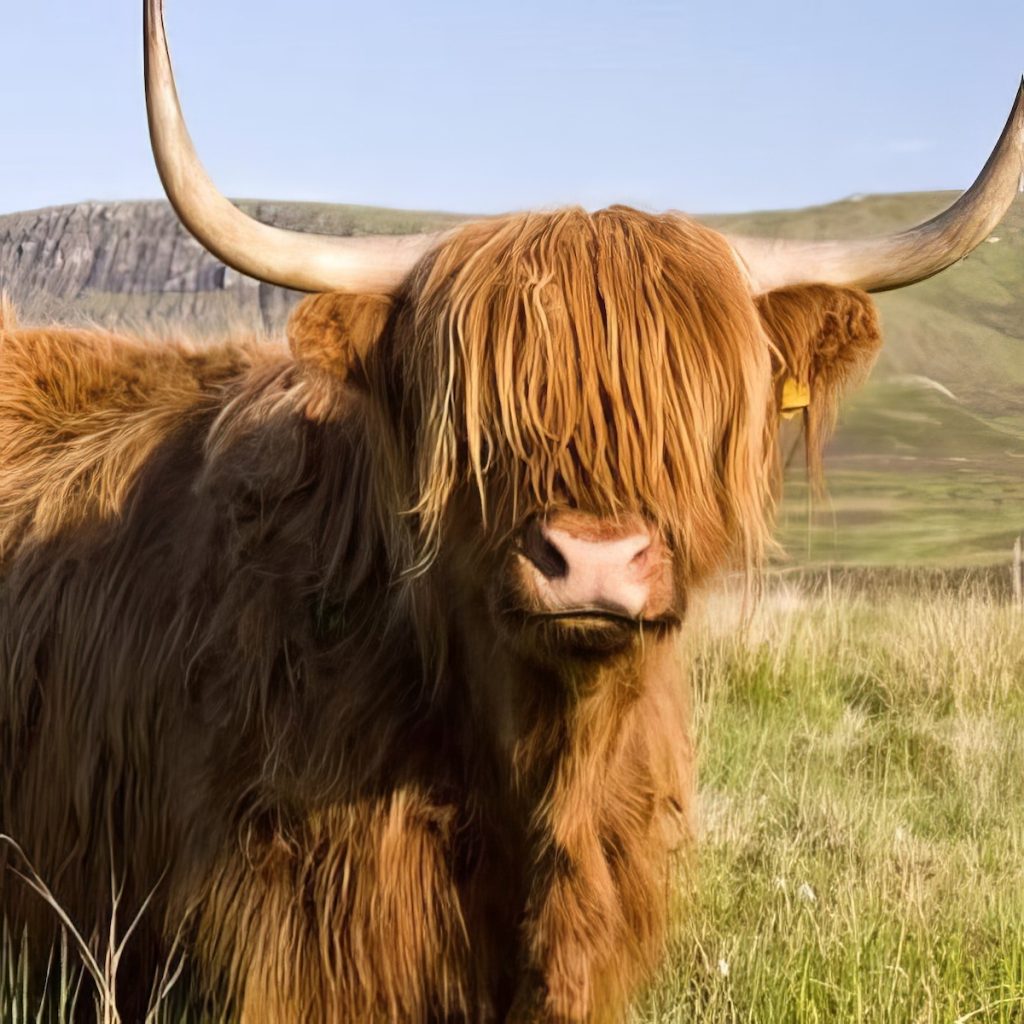




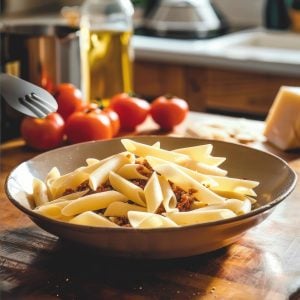
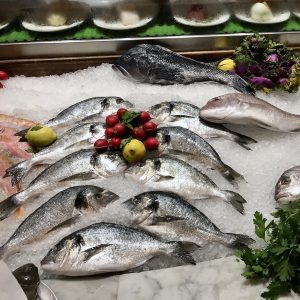
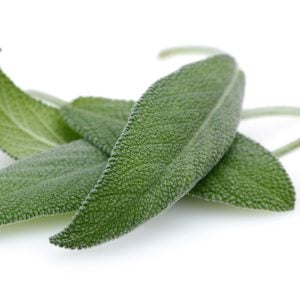
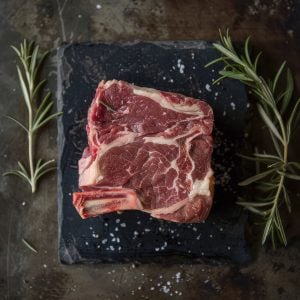

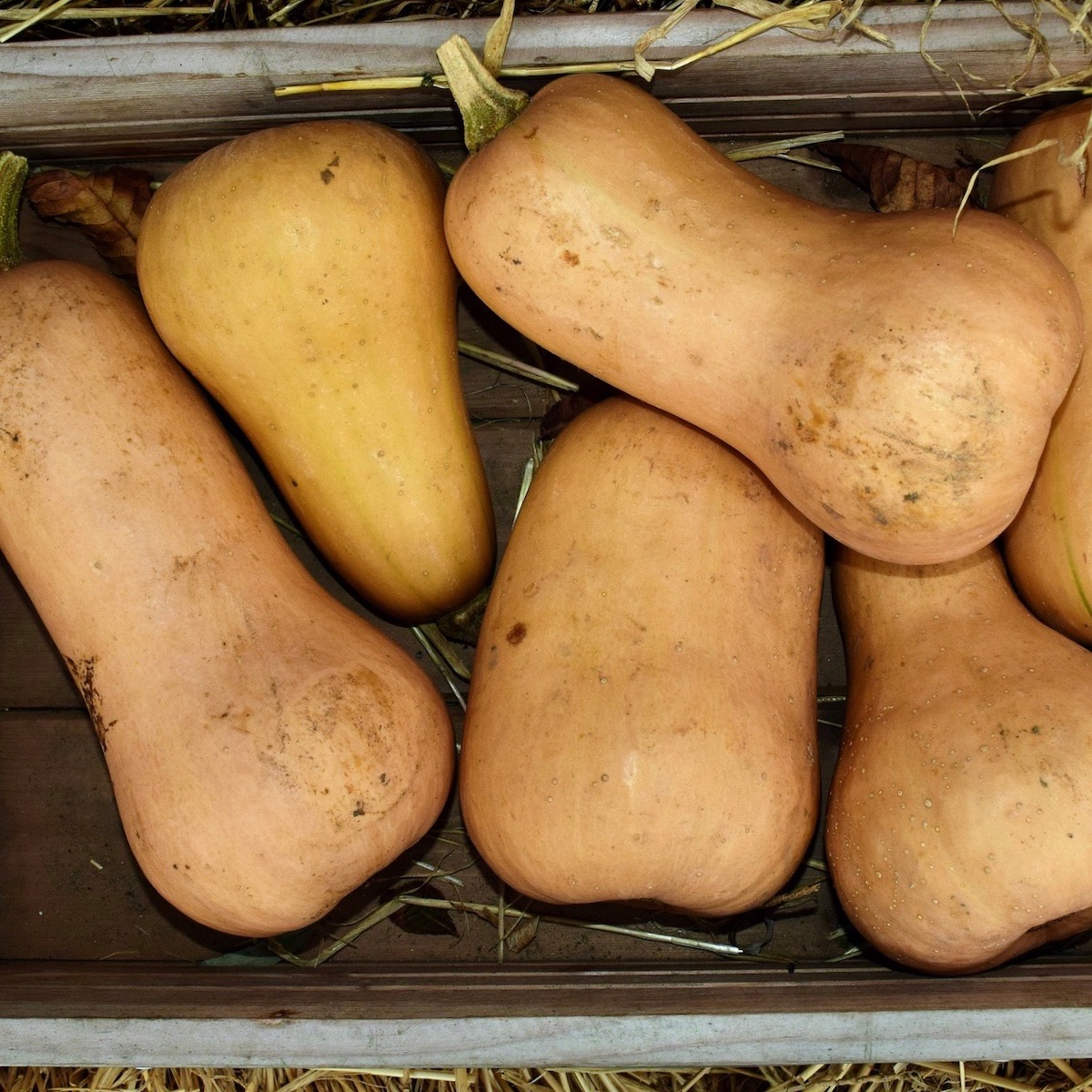
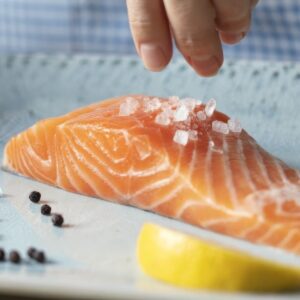
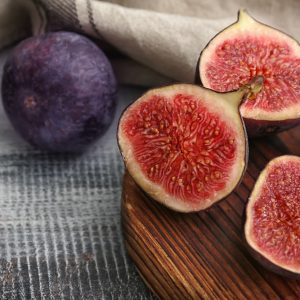


50 Responses
In my opinion feedlot raised cattle will not produce premier Highland beef. Traditionally Scottish Highland cattle range in open paddocks and more importantly on hill country. Feedlots do not provide this kind of environment. Grassfed, hill country raised animals will produce superior beef.
We raise scotch-highland cows in middle Tennessee and I could not imagine their beef tasting good after being raised on a feed lot. Our cows are rotationaly grazed on 6-10 acre tracts and moved everyday. These cows love walking up and down the hills and hollers here, so I can’t imagine the environment of a feedlot, no matter how small the herd, being conducive to raising these animals to have good prime beef. 300 head of highlands is a lot anyways. Also, just find a USDA approved butcher instead of getting a USDA approved farm, that way you don’t have to use any antibiotics on your cows, thus not passing the antibiotics on to your customers.
going to butcher my first steer in march all hay fed .i hope you are right on the taste and tenderness
Hi Dale! Let me know how it turned out. I want to know how tender it was, how old the steer was, and did the steaks have fat marbled in.
I have three Highlands on my small hobbie farm (two heifers and a steer). The steer will be the first to the freezer but I’m not sure at what age to do this. He is nearly two years old now. Can anyone advise? Thanks.
Peter,
Hopefully you already found an answer to your question. I have two steers coming up a on year old that I plan to have processed in the 18-24 month age range. At this point they should have reached their maximum weight so you are just feeding to keep them going at that point. As far as taste, well, there is lots of opinion on that too. I’m going to go with size and hope the meat is good because the cows got good feed and are supposed to be tasty anyway. Best of luck.
Now!
Steak is a primary food group in our house because we raise Highlands. Our small herd is only 20 head and they are on pasture 24/7/365. Let’s not let everyone know how good this beef is or there will not be enough to go around. I don’t like this articles mention of a feed lot, if a Highland is on a feed lot I wouldn’t want any part of it.
Amen
Can their long hair be used as wool?
Yes, you can use the hair to spin into yarn. It is wonderful for weaving and outerwear.
we are about to buy our first highland calf for beef. There are two horses on the same 9 acres that the calf will use. OK? If not, why?
We raised our Scottish Highlands with our horses but you need to be cautious. For many years we did not have a problem but then we got a cow that was aggressive towards the horses and we ended up with lots of vet bills from injuries the cow inflicted on the horses with her horns. We ended up having to keep them in different pastures and also be cautioned as Scottish Highlands can be escape artists and most times need better fences and enclosures than horses.
Must have been one of the Campbell highlanders – stay away from them 🙂
have 4 in our pasture with horses never had a problem
We are a small Highland and Hereford cattle farm in Talladega, Al. We have two full blooded Highland bull calves for sale (one is 14 months old & the other is 1 year old.) We have been having good luck with selling crossbreed calves (Highland/Hereford) at market but anticipate poor results with our two hairy “boys” at auction. Most folks want even know what they are.
Any suggestions on how to market them in this area? They are totally grass fed animals (100 acres of pasture land for our herd of 20.)
I am interested in your bulls please call me 770 710 1317 l live just across the border near Cedartown ga.
So sorry that I missed seeing your reply until today! We had a man from Bristol, TN purchase one of the bulls. We are in Kentucky on a trip but will call you soon. Cedar Town is not a bad drive at all from Talladega,
Will touch base with you when we return home.
I know it has been four years since your post, but do you still have any Highlands cattle? Any bulls? I am studying about getting some new blood in my herd down near Goodwater, AL
We have a beautiful highland bull for sale. He will be 5 in June. If you are interested, please contact me by email at [email protected].
What is the going market price for Highland cattle?
Someone locally is wanting sell their herd (age range 1-8 yrs of age) for $600. each. Is that a good price?
I am looking for at least one heffer or cow either bred or of age to breed
I am looking to get a herd started and am looking for breeding heifers or cows. I am located in west central Ohio, but will travel to purchase within a reasonable distance.
we are in west ky,if that is not to far.we are registered with the american highland assosiation.how many cows are you interested in and we also have a 6yr old bull for sale.
I would be interested. Where/who do you market animals to for slaughter?
I am having a highland/angus calf delivered this weekend. This is also our families first time with a calf. Any thoughts on the highland/angus mix?
Hi Blake, I really don’t have any experience with the highland/angus mix but would love to hear from you after you’ve cooked with it for your thoughts.
Awesome to see this site and all your comments. Its great to see so many people interested in such a great breed of cattle I have had them for many years and will praise them till the cows come home!! LOL The meat that comes from these wonderful beasts is second to none.Grass fed or Lot fed ? Just think about where they came from? Let them do what they do best? Turn all types of vegetation into the best beef you have ever tasted ! they don’t need to be lot fed !! but I understand why people run such operations ..I have crossed them with a lot of breeds with great success. Angus. Shorthorn.Hereford. British Blue. Charolais. and now just Experimenting with Wagyu. Think I may Call them the Haighgyus!
Enjoy this magnificent breed of cattle. They are a joy to own and breed and people think they look great in the paddock ? wait till they taste them on there plate !!They are even better again !!!! Good thing come in small packages !bigger is not always better ? Cheers waz
How did the highland/wagyu mix turn out? Does it help with heat tolerance?
Dear Linda
I still have a couple of months to wait for the first wagyu x calfs..
My farm is in Queensland Australia and it gets very hot here and touch wood my central full blood line of Scotys have not had any heat issues ??? on really hot days they may go for a swim in the dam but the seem very tolerant even to the harshest conditions..The Angus and Charolais x have turned out even better than I expected Cheers waz
I’m searching for information on how old is too old for eating the S.H.
We have a 6-7yr old and are moving so need to send to market If we can’t sell her.
I too would like to know if the highland cattle wool has ever been sheared for wool production.
No idea Edward but maybe someone reading this can help with an answer.
I am no expert, but my knowledge of what wool is would suggest no. Most animals with fur actually have two layers of hair. There is the wooly undercoat that actually provides insulation. In your long haired dogs and cats this is what you are pulling out when you comb their fur. Sheep have had their guard hairs bred out and their undercoat increased so this wooly undercoat actually becomes the main coat that you see. Then there is the overcoat made up of guard hairs. These are typically longer and straighter, but worthless for wool. They help protect the wooly undercoat. What you are seeing with the Highland cattle is the opposite of your wooly sheep, whereas the cattle have been bred so their guards hairs are much longer than normal.
You could comb your cattle though, and collect the wool that way. Dogs and goats have been used for that purpose for a milleania.
Edward,
We raise pure bred Highland Cattle and we have the hides tanned; they come out similar to a buffalo hide. The hides are beautiful, and are used for bedding, rugs or furniture covering. We haven’t thought of shearing the animals because we raise them on a ranch in Washington State, hilly with a mix of forests, meadows, streams and shared with wild animals and predators. They need that long hair for their well being.
I am a supplier of fine venison to the best restaurants in the US. I have been in business for 25 years and have always been on the lookout for extraordinary products to offer our Chefs. We only deal with the best talent in the US. Do you feel that the Highland Scottish breed would fit this niche?
Hi Sandi, not being a professional chef or beef distributor, I don’t think I’m the person to ask. I’m hoping now that I posted your question, someone from the group with better credentials than I have will give you a hopeful response.
Waz, any update on the highland/wagyu cross?
G,Day Chad
Yes, the Hagyus have arrived and they are even better than I imagined they would be! Square and full bodied Meat machines. I will try to take some photos but dont know if I can upload them here? they turned out dark chocolate brown to black and are filling out awesome with great confirmation and are bulking up way faster than full blood Wagyus.
Cheers, waz
I was wondering if anyone has butchered a highlander bull and did it tast ok
We recently purchased 1/4 of a Scottish Highland – or at least that’s what we were told. I have been preparing pastured organic grass fed beef from companies like US Wellness meats, or other local organic grass fed cows, and using pressure cooker, stew or slow cooker, resulted in a tender meat. With this new meat though, I am getting tough and dry results most every time. Lots of liquid, tenderizing and even marinating don’t seem to make much of a difference. Does anyone (pretty please) have any suggestions as to why this would be happening, or have a suggestion for a different way to prepare this meat? I was told the animal was older and a bull (around 4?), and not sure if that makes a difference. Thank you.
Hi Aneah. I would say the age of the animal and the fact he is a bull is what is making the difference. Typically beef animals are slaughtered between 18-24 months old. After this tenderness starts to deteriorate. The fact that he is a bull also significantly changes the meat profile. Hope this helps!
to anser your question,,Yes, it is all about the age, we have raised scotties for the last 10 years and we do private sales of beef and replacement heiffers and bulls, i have been down this same road, we processd and older cow 5 yr old and had much the same results, so glad we did not sell any of the beef to friends
As a spinner and my main business spinning fiber, I thought,,,why couldn’t their undercoat be spun? I was lucky enough to get some musk ox wool a few years ago and it sold at a very high price. Mostly the way it’s collected is picking up the fluff that caught on items, or like with my Samoyed,,,the tufts just end up on the ground. When I sold musk ox, I read it’s the most expensive wool on the market. If Highland cattle’s wool is as soft,,,there is a market for it! I couldn’t believe what people paid for 1 oz. of Musk Ox. It’s been a few years, so don’t ask me now. Even if I did remember, it’s probably gone up.
Rare wool really does drive up the price and there are many willing to pay for it. So, brush the cattle if they let you and you’ll see you can get more from them then just their meat.
I’d be real curious to find out how soft the wool is! Anyone?
Hi Peggy,
The highland undercoat that is shed each spring is pretty fine and soft especially on calves. It will naturally felt on the animal when they rub on things. The fibers are short, however, which would be an issue when spinning.
It can be combed out fairly easily and collected that way. My ex-wife was an avid spinner and chose to spin shetland wool in the lock from our flock of shetland sheep. I don’t recall her attempting to spin the highland hair.
If you go on the American Highland Cattle Association website, you can find a highland breeder near you.
Bill
I’ve just opened a pack of the beef stir fry msa. What are the two black plastic sachets ( connected ) that were underneath the meat? The sachets are filled with a fluid, i think.
I liked that you said that one thing to consider when you are thinking about raising cattle for Angus beef is to make sure that you feed them well so that you can achieve premium meat. I have been thinking about starting my own business but I have been worried that I won’t be able to acquire quality beef to sell. I would be sure to feed my cattle quality food and take good care of them so that I could sell their quality beef for a lot of money.
I have a small herd of 8 head that i want to sale. or butcher but have been told you have to leave hang 3 weeks if you butcher some before please contact Jim at 1-218-770-2234 thank
We just butchered our first highland/angus x at 19 mo. Old . After 3 mo . In fattening paddock on alfalfa and grain , We ended up with 320 lb. of the most tender juicy tasty meat I have ever had . What an great joy it is to raise these beauties . We just had a baby 3 days ago <3
So, we purchased a butchered pure highland steer from an acquaintance, and have had absolutely NO luck trying to tenderize the meat. The hamburger is wonderful, but everything else is so tough as to be inedible. The best luck we had was with some ribeyes that were left in a marinade for about 4 days, but even after that AND cooking only to medium rare the steaks were much tougher than anything we’ve ever had. We divided the meat 3 ways, and I feel terrible that my brothers each bought $500 worth of beef that none of us can seem to properly prepare (and all are very experienced cooks/grillmasters). Any advice you experienced folks can give us would be GREATLY appreciated! I do know that the steer was coming up on 3 years old, but didn’t anticipate having this type of problem. The person we bought the beef from typically has everything ground because that’s what sells best, so hasn’t really been any help.